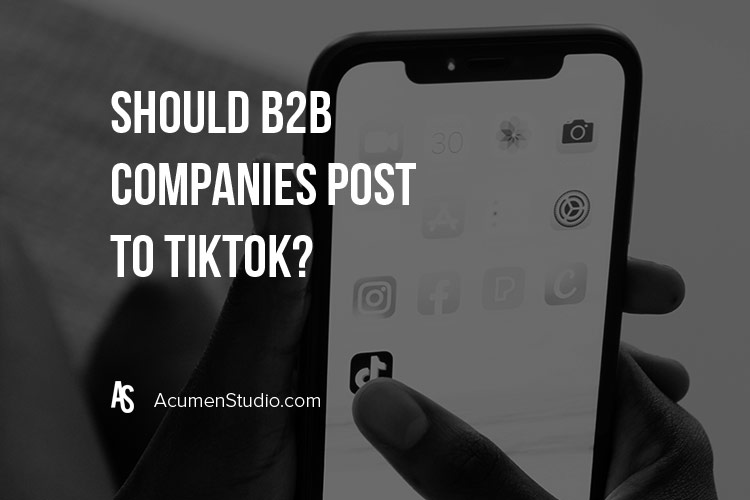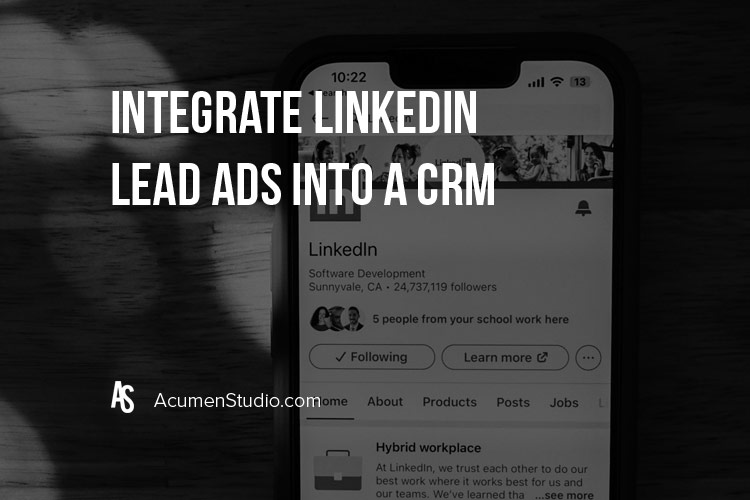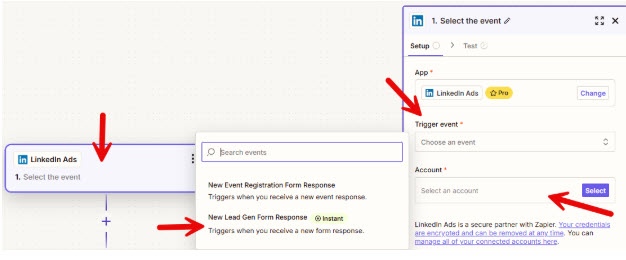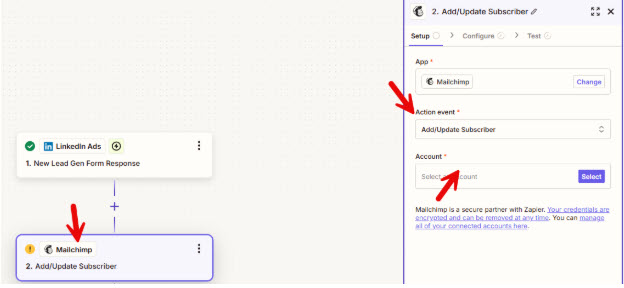Should B2B Companies Post to TikTok?
Over the past few years, TikTok has exploded in popularity, transforming from a niche video-sharing app into one of the world’s leading social media platforms. With its rapid rise, the app has attracted businesses, influencers, and marketers seeking to leverage its immense user base. It’s not uncommon now to see everything from beauty tips, cooking hacks, and personal finance advice to intricate manufacturing processes appear on TikTok feeds. While business-to-consumer (B2C) brands have eagerly embraced the platform, the question remains: should business-to-business (B2B) companies also dive into the TikTok arena? Let’s break down the data, demographics, and examples to help B2B organizations decide if TikTok is the right place for them.
How Popular is TikTok?
TikTok now boasts more than a billion active users worldwide, making it one of the fastest-growing social media platforms in history. The app’s parent company, ByteDance, has generated billions of dollars in revenue, partly thanks to TikTok’s robust in-app advertising options and growing brand partnerships. User engagement is exceptionally high, with the average user spending close to an hour per day scrolling through bite-sized videos. In addition, TikTok’s algorithm excels at delivering highly personalized content, ensuring that users remain deeply engaged. This combination of massive scale and addictive user experience has firmly solidified TikTok’s position as a key digital player, catching the attention of marketers from every corner of the business world.
What is the Primary User Demographic on TikTok?
The platform’s core audience skews younger, with a significant portion of TikTok’s user base under the age of 30. This demographic tends to be tech-savvy, highly visual, and open to discovering new brands and ideas via short, engaging video clips. In many cases, these younger professionals are either decision-makers in emerging startups, future entrepreneurs, or up-and-coming influencers in their respective industries. While older demographics are slowly joining the platform, TikTok’s youthful spirit and creative culture primarily appeal to a younger generation. This youthful energy can be advantageous for B2B brands looking to connect with the next wave of professional talent and potential clients.
Are Businesses Posting Content to TikTok?
Yes, many consumer-facing brands and even service providers are already posting frequently on TikTok. They use clever videos to showcase product features, highlight company culture, or provide how-to guides that engage audiences and spark conversations. This approach allows businesses to humanize their brand, offer behind-the-scenes looks at their operations, and build rapport with audiences who might otherwise remain distant. Some brands run hashtag challenges, work with influencers, and create trend-driven content to keep their presence fresh. With consistent effort, companies have managed to increase brand awareness, foster deeper customer relationships, and ultimately influence purchasing decisions.
Are B2B Companies Posting to TikTok?
Surprisingly, a number of notable B2B companies have embraced TikTok and experienced positive outcomes. Adobe, Shopify, Salesforce, Canva, Zapier, HubSpot, and Monday.com all maintain active TikTok profiles that mix education, entertainment, and community engagement. Their content often includes tips on using their platforms more effectively, thought leadership pieces, or even humorous takes on everyday business challenges. By participating in trending audio clips or video formats, these companies connect with viewers in a way that feels fresh and accessible. Such examples prove that even companies operating behind-the-scenes can create a relatable presence on TikTok.
Should Your B2B Company Post to TikTok?
The answer depends on the nature of your offerings and your target audience. If your B2B organization operates within technology, education, or design, you are likely to see tangible benefits by posting on TikTok. In these sectors, educational content, how-tos, tutorials, tips, and best practices, tends to perform incredibly well. Professionals searching for innovative solutions appreciate digestible video content that helps solve business challenges. However, if you’re in a more traditional or asset-based B2B industry, the benefits might be less direct. Maersk, for example, has done a remarkable job on TikTok, but this is more the exception than the rule. Generally, if you don’t see direct sales opportunities, you still have the option to leverage TikTok for brand building and attracting future talent.
B2B Companies Use TikTok to Grow Their Brand
For those willing to invest the effort, TikTok can serve as a powerful brand-building tool. By publishing highly tailored, creative content that stands out from competitors, B2B companies can highlight their unique value proposition and thought leadership. This might include sharing behind-the-scenes glimpses into product development, showcasing company culture, or presenting case studies in an engaging, visual format. Over time, such efforts can elevate brand recognition and help you carve a distinct place in your market’s mind. Ultimately, distinguishing your brand in a crowded space can drive long-term growth and opportunities.
B2B Companies Use TikTok to Attract Employees
Beyond clients, TikTok can also be a valuable platform for attracting talented employees. Creative content that introduces team members, shares day-in-the-life experiences, and outlines your company’s mission can help you connect with potential recruits. Younger professionals are more likely to consider employers who show authenticity, innovation, and a willingness to engage on platforms where they spend their time. By cultivating a strong employer brand presence on TikTok, your organization can become more appealing to those seeking a dynamic and forward-thinking workplace. This strategic move can help ensure your company continues to thrive with fresh, enthusiastic talent.
With the right approach, TikTok can become a compelling avenue for your B2B company to educate, inspire, and differentiate itself, ultimately paving the way for sustained growth.
If You Are Looking to Focus on Getting More Visibility, Traffic, Leads, Sales or Have Questions, Call Us at 866-357-7422
Or Submit your information below






